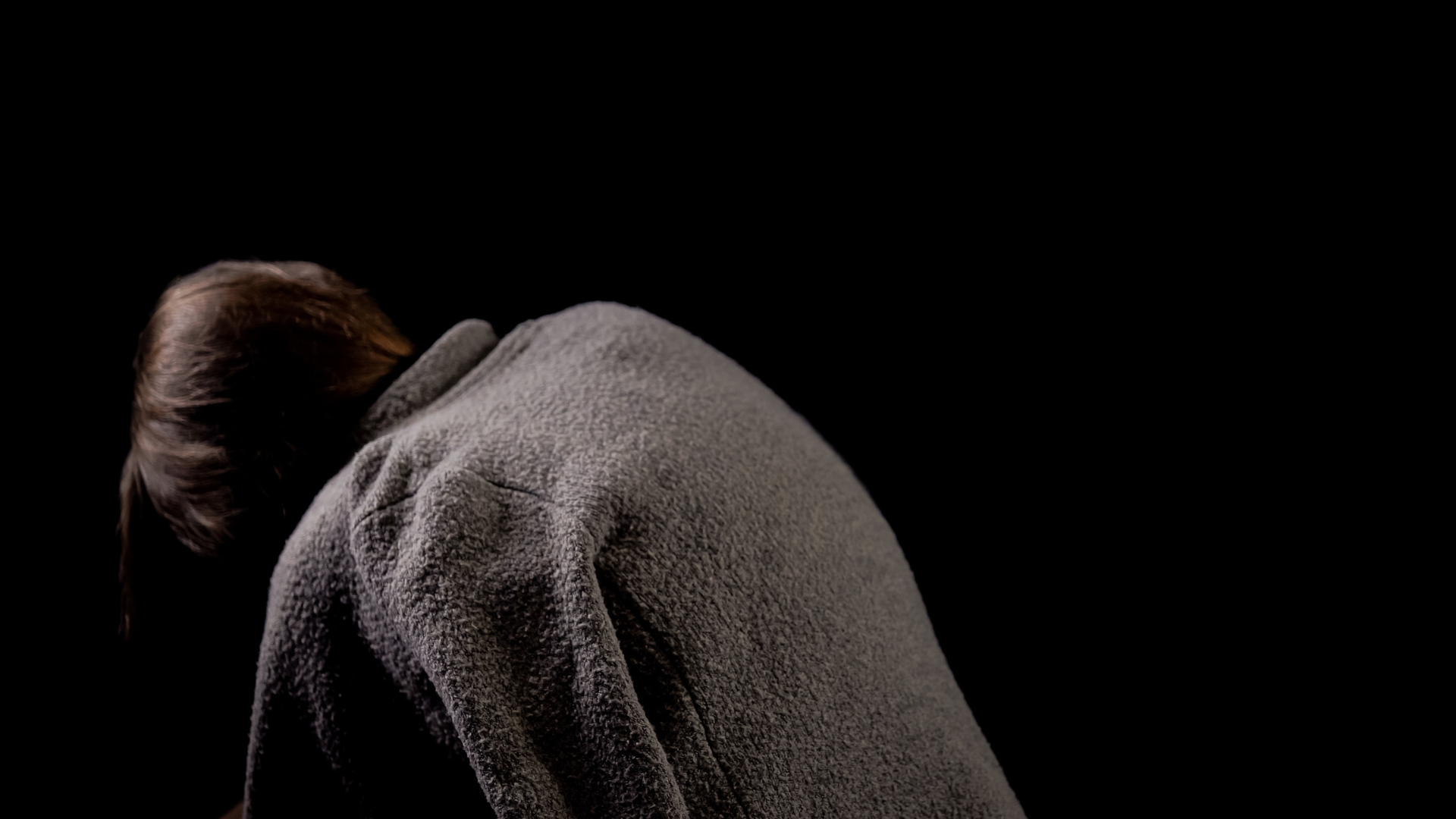
Osteoporosis Prevention & Treatment
Osteoporosis is a condition that reduces bone strength and puts women at greater risk of breaking or fracturing a bone.
In fact, more than one in four women over the age of 65 have the disease. Symptoms are virtually non-existent and a person may not be affected by it until they break a bone.
Osteoporosis Risk Factors
The following factors make a person more likely to develop the Osteoporosis:
Gender. Women are far more likely to be affected by Osteoporosis than men. In general, women’s bones are smaller and are more vulnerable to degeneration due to hormonal changes that occur after menopause.
Age. Bones naturally become thinner as we age. When women reach menopause, they may rapidly lose bone in the first four to eight years of menopause. For example, if a women begins menopause at 50, the most dramatic loss of bone mass may occur between 51 and 58.
Race. Due to differences in genetic make-up, Caucasian and Asian women are more likely to be affected by Osteoporosis than African-American and Hispanic women.
Family History. Women whose families have a history of developing Osteoporosis are more likely to develop it themselves.
DEXA Screening for Osteoporosis
What Is a Dexa Scan?
To accurately detect osteoporosis, doctors commonly use DEXA bone densitometry to measure bone mineral density (BMD). DEXA is a quick, painless procedure for measuring bone loss. Measurement of the lower spine and hips are most often done.
Peripheral dual-energy X-ray absorptiometry (P-DEXA) machine, which measures bone density in the wrist or forearm, are portable units that are used at CareNet Medical Group. The board-certified gynecologists with CareNet Medical Group have extensive experience performing safe and effective DEXA scans.
Who Needs a DEXA Scan?
DEXA bone densitometry is commonly used to diagnose osteoporosis, a condition that often affects women after menopause but may also be found in men. Osteoporosis involves a gradual loss of calcium, causing bones to thin, become more fragile, and more likely to break.
The DEXA test can also assess your risk for developing fractures and is effective in tracking the effects of treatment for osteoporosis and other conditions that can cause bone loss. Bone density testing is recommended for:
post-menopausal women age 60 or older who have risk factors for developing osteoporosis
patients with a personal or maternal history of hip fracture or smoking
post-menopausal women who are tall (over 5 feet 7 inches) or thin (less than 125 pounds)
men and women who have hyperparathyroidism
men and women who have been medications that are know to cause bone loss for an extended period of time
How should I prepare for a DEXA scan?
Refrain from taking calcium supplements for at least 24 hours beforehand.
Wear comfortable clothing and avoid garments that have zippers, belts, or buttons made of metal.
Let your technologist know if you've recently had a barium examination or have been injected with a contrast material for a CT or radioisotope scan.
Let your technologist know if there is a possibility you are pregnant.
What should I expect during a DEXA scan?
Depending on the equipment used and the parts of the body being examined, the test takes between 10 and 30 minutes.
You may be asked to undress and put on a gown.
You'll lie on a padded table with an x-ray generator below and a detector (an imaging device) above. It is important that you remain as still as possible during the procedure to ensure a clear and useful image.
When evaluating bone loss in the spine and hip where most osteoporosis-related fractures happen:
Spine: During an examination of the spine, your legs will be supported on a padded box to flatten your pelvis and lower (lumbar) spine.
Hip: The technologist will place your foot in a brace that rotates the hip inward.
The detector is scanned over the area, generating images on a computer monitor.
What will I experience during a DEXA scan?
DEXA bone densitometry is a simple, painless, and non-invasive procedure. Once on the examination table, you may be asked to remain still and to hold an awkward position for a short period of time while the machine takes measurements.
Who interprets the results and how do I get them?
The results of a DEXA bone density exam are interpreted by a radiologist and forwarded to your doctor. Your test results will be in the form of two scores:
T score - This number shows the amount of bone you have compared to a young adult of the same gender with peak bone mass. A score above -1 is considered normal. A score between -1 and -2.5 is classified as osteopenia, the first stage of bone loss. A score below -2.5 is defined as osteoporosis. It is used to estimate your risk of developing a fracture.
Z score - This number reflects the amount of bone you have compared to other people in your age group and of the same size and gender. If it is unusually high or low, it may indicate a need for further medical tests.
Osteoporosis Treatment Options
The main goal of treatment will be to prevent fractures and breaks. In addition to recommending a proper diet rich in calcium, a doctor may prescribe medication. The following is not a list of all medication options, but simply the most commonly used:
Bisphosphonates. This type of medication slows cell activity that is responsible for bone loss. Bisphosphonates are intended to maintain or even increase bone density.
Parathyroid Hormone. This option is for postmenopausal women who are at high risk for fracture.
Estrogen Agonists/Antagonists. Typically used to treat postmenopausal women, these medications are not estrogen, but they have estrogen-like effects on the body.
Calcitonin. Meant for women who are at least five years into menopause, calcitonin helps to regulate calcium and bone metabolism.
Osteoporosis is a condition that shouldn’t be taken lightly. A broken bone can result in hospitalization and even surgery.
